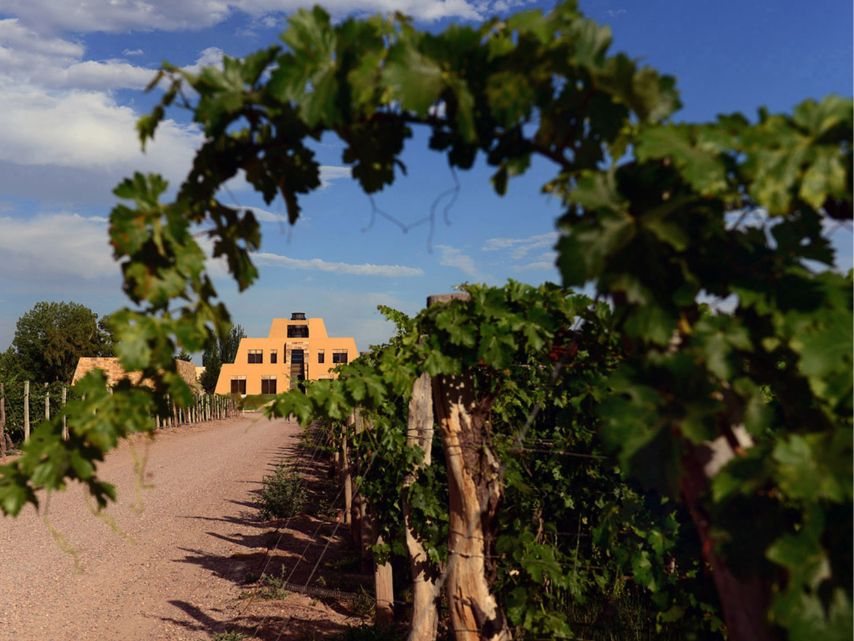Nicolás Catena Zapata: Argentina's Wine Visionaries
With its inaugural 1997 vintage, Nicolás Catena Zapata became the first luxury cuvée from Argentina to be exported around the world. The wine recreates the original 'Bordeaux Blend’ of the 18th and 19th centuries, when Malbec dominated over Merlot and was in equal standing to Cabernet Sauvignon in the Médoc. Pre-phylloxera Malbec and Cabernet Sauvignon massale selections from ungrafted vines give rise to this wine, opening a window to the past from the mountain vineyards of Mendoza.
Family Legacy and Innovation
Four generations of the Catena family have farmed the vineyards of Mendoza, ever since Italian founder Nicola Catena planted his first Malbec vines in 1902. Robert Parker’s 2005 book ’100 Greatest World Wine Estates’ featured only one winery from South America: Catena Zapata. Parker wrote: “Argentina’s greatest visionary is Nicolás Catena Zapata, and his crusade for high-altitude vineyards and conservative viticultural practices has resulted in one after another breakthrough wines that have pushed Argentina to the forefront of the modern winemaking revolution.” Joined by his daughter Dr. Laura Catena in 1995, the father-daughter team’s vision is to elevate Argentine wine for another 100 years.

2018 Vintage and Winemaking Process
In 2018 Catena Zapata joined La Place with two wines: Nicolás Catena Zapata, the winery’s top Cabernet Sauvignon blend, and Adrianna Vineyard Mundus Bacillus Terrae, the winery’s top Malbec cru. The vintage started very well with moderate spring temperatures and an absence of frost. There was dry and warm weather until mid-March. At the end of March there were scattered rainstorms which produced some botrytis in clay-soil areas. For those who had patience and harvested a few weeks after the rains it was a phenomenal vintage.
Handcrafted Excellence
The harvest is done by hand and some parcels are fermented as whole bunches to enhance tannic structure and freshness. The fermentation takes place in 225 and 500l oak barrels, at temperatures of 28–30ºC for approximately 18 days. The post-ferment maceration lasts between 26 and 30 days, when the wine carries out its malolactic fermentation. It is then aged in French oak barrels for 24 months.











